ADVERTISEMENT
Agriculture
Heineken committed to buying locally sourced sorghum in Haiti
A decision that will create more jobs in Haiti. Heineken has made the commitment to buy locally sourced sorghum in Haiti.
Heineken SMASH Program Increases Sorghum Production Yields 100%
Heineken's new sustainability strategy considers local sourcing a key component of its success. It has begun locally sourcing sorghum in Haiti through the Smallholders Alliance for Sorghum Haiti (SMASH) initiative.
SMASH's funding arm, Brasserie Nationale d'Haiti S.A. (BRANA), a Heineken division, created in 2012 after a buyout of minority shareholders, has poured $3.4 million into locally-sourced sorghum. Haitian peasants' sorghum yields are up 100% and their incomes have increased almost 100% too.
Haiti Minister of Agriculture, Thomas Jacques
Here is a picture of Haiti's Minister of Agriculture, Mr. Thomas Jacques. He was addressing the regional agriculture ministers and stakeholders at the Caribbean Week of Agriculture (CWA) in Paramaribo, Suriname.
Haitian Minister of Agriculture, Thomas Jacques, has been hard at work promoting Haiti as a viable site for investment, especially within his own industry. He recently gave an address to the attendees at the Caribbean Week of Agriculture (CWA) held in Suriname. In his audience were regional ministers of agriculture and various stakeholders. The group was apprised of the current state of affairs in Haiti where poverty is concerned, and the plans of the agriculture ministry to revitalize the economy.
Coffee Growers in Haiti and Climate Change
Here is a picture of Coffee coming from Haiti, A country that was at one point in history produced half the world's coffee.
Once coffee was the backbone of the Haitian economy. In 1788, it produced half of the world's coffee supply. But since 1950, Haitian coffee has been forgotten; it barely registers in global surveys for many reasons. The first blow to the Haitian coffee export came during the regime of the dictator Duvalier. His brutal dictatorship brought economic demise, including coffee export. It was further aggravated by the International Coffee Agreement in 1989 and the U.S. trade embargo in the mid 1990s. In recent times, the climate change, deforestation, the rise of many other global coffee powerhouses and diversification to other profitable corps have worsened the situation further, and many of the coffee growers have lost their skill to produce coffee. Today Haiti earns $1 million a year from coffee export-- just a fraction of the global trade.
Artificial lake with a capacity of 700,000 gallons on the farm Agritrans
The Agritrans farm project went officially underway in early October, with the plan to have over 3,000 farmers produce organic bananas to be exported. As part of the project, an artificial lake has been created with the capacity to hold 700,000 gallons of water. It is only one of a series of lakes scheduled to be opened by Haiti's National Program of Artificial Lakes, to be used as reservoirs as well as nurseries for fish. The entire program costs $27 million, and will see a further injection of $15 million to strengthen it.
Three marijuana fields found near Belle-Anse Jacmel, village Bois-Kodenn
The type of crop you plant can make a huge difference in your profit margin. At least some farmers in the area of Belle-Anse Jacmel, village of Bois-Kodenn believe so..
Haitian Police and judicial authorities in the South-East of Haiti have proceeded in the destruction of three marijuana fields near Belle-Anse (Jacmel). The locality is Bois-Kodenn. A total of three people were arrested in the process
Kreyol Pale, Kreyol Kompran
Mezanmi gin twa planter ki decide pou yo plante yon bagay ki pi rantab nan village Bois-Kodenn ki tou pre Belle-Anse Jacmel. Sa yo fè yo plante kelke koro tè ak marijuana. Se konsa Leta Ayisyen dekouvri sa et mete twa moun anba kof.
Mwin panse kom Prezidam Martelly te toujou ape di fok nou plante pou nou expote. Also twa mesye sa yo decide pou yo rantre nan Export
Origin of Rice in Haiti
It was once incorrectly believed that Europeans who enslaved Haitians brought first rice to the island. But Professor Judith Carney believes otherwise because West Africans used to cultivate rice prior to the enslavement of Haitians by the Europeans. It is evident that some West Africans brought certain varieties of rice with them to the Americas. And since Haitians are mostly descendants of West African people, there is a possibility that Haitian rice is of West African origin. Traditionally, there are two types of rice are grown in Haiti: Mountain rice (subsistence crops) and Swamp Rice (consumption in urban areas). Presently, there are several varieties of rice are grown and available in Haiti: Sheila, Shelda, Crete, Madame Gougous, TCS-10 (with Taiwanese assistance), Prosequisa-4 (a Dominican variety) and Vietnamese rice (bagged as 10 sou 10 or 10/10, perfect score). The USAID project of "International Rice Research Institute" at Madagascar is testing and has introduced several varieties rice in Haiti.
Drought or the Dry season in Haiti
A lack of rain in recent months has killed crops. Severe drought has halted cultivation and left people and livestock struggling to survive. The administration has declared a state of emergency across the poorest northeastern region in Haiti. The eight months long draught has resulted the loss of corps for two seasons. In some places it is so severe that if one even manages to get the food it is more difficult to find water to cook or drink. Recently there have been some scanty rains but not enough to fulfill the shortfall. The dry season is due to last at least one more month. Over 40% of the households are considered food insecure and children face high levels of malnutrition. Climate change, food, and hunger are all interconnected issues in Haiti.
Haiti Receiving Food Aid instead of Agricultural Support
In the months following the 2010 earthquake, the US government has provided $140 million subsidy to US farmers, and USAID sent 90,000 metric tons American of crops to Haiti. Unquestionably, this was a necessity because it fed many. However, in some other senses, these are negatively affecting rural Haitians and farmers in a major way. Instead of receiving food aid if the international donors support Haiti's agricultural sector and provide food to those only in need and purchase the entire Haitian rice crop over the next two years or so, this may help Haiti to become more self-sufficient in agriculture. US food aid programs are practically designed to encourage food imports from US. Haitians are importing 80% of their rice consumption from US because it is cheaper to import than locally produce.
Land Ownership Problem in Haiti
The Haitian government and different international aid organizations are competing with each other for past few years to reconstruct the dwelling units for the 1.5 million earthquake affected people living in camps, but that attempts have been greatly impeded by the country's weak land administration systems and the resulting disputes over land and property--who owns the land? Land registry problems in Haiti can be traced back to its days of independence since 1804. A practically non-existent land registration system, unclear processes for land transfer and fraudulent land titles are delaying the reconstruction efforts. The catastrophic earthquake has made land claims more complicated. After close to 250,000 deaths, the issues of inheritance are raising a number of questions. Is the owner alive or dead? If he is dead who is the right successor? Certain people returning to their homes have found that it have been occupied by someone else. The earthquake has brought to the light a long standing problem. Literally no one ever had the correct answer for how you buy and sell property in Haiti. The transfer of a land title involves the central tax authority, surveyors and notaries. To avoid related expenses and bureaucracy most land is transferred orally from one generation to the next. Lack of governance and non-existent judicial protection makes enforcement of title difficult. As per United Nations report, less than 5% of land in Haiti is officially accounted for in public land records.
Before the earthquake, the Organization of American States had decided to spend $70 million over a period of seven years to put it in an orderly system as a prerequisite for development of the country. However, at present, the humanitarian agencies and the government have to redouble their efforts to solve the problems of land ownerships. There should be some immediate clear directives, national policy and supports from the local law enforcement authorities, to construct residential units on disputed lands.
Michel Martelly and organic banana in Trou-du-Nord
Here is a picture of Haitian President Michel Martelly in Trou-du-Nord for the planting of the first seedlings of organic bananas .
The picture was taken on October 10, 2014. It is part of a project to organize together close to 3,000 farmers from different associations in the country to cultivate organic bananas for export.
The plan will cover thousand hectares ant it was made possible with the support of FEPA / Agritrans consortium that has modernized agricultural equipment, pumps for irrigation, artificial lake. The project is expected to create over 3,000 jobs.

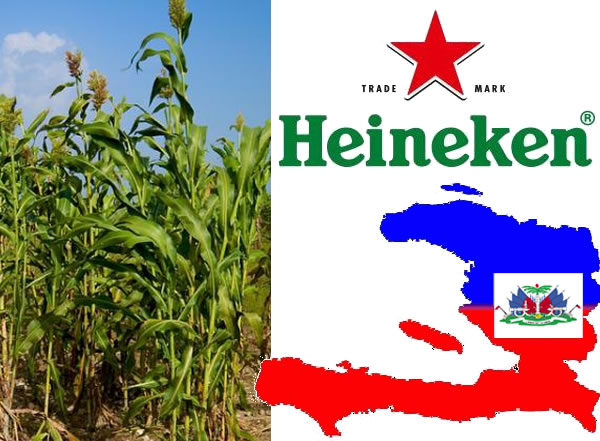
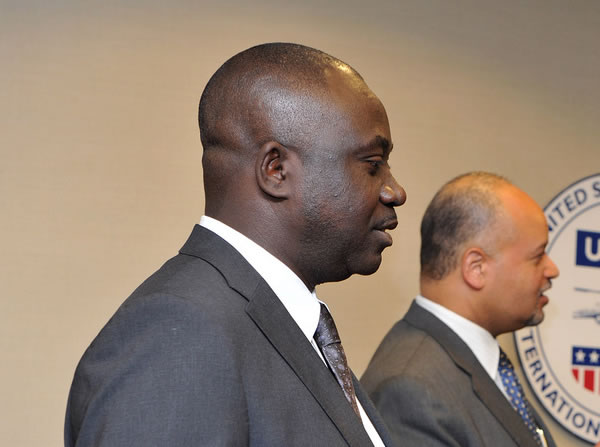
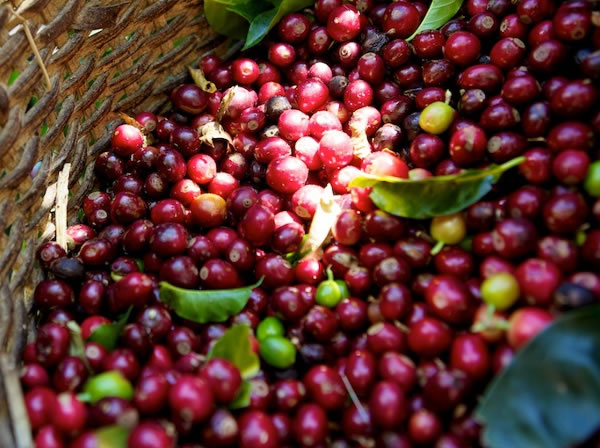
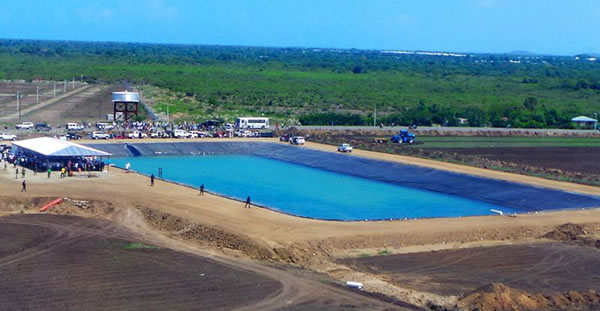
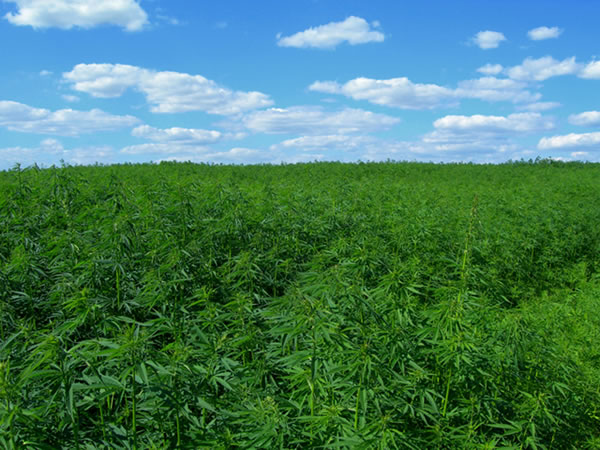
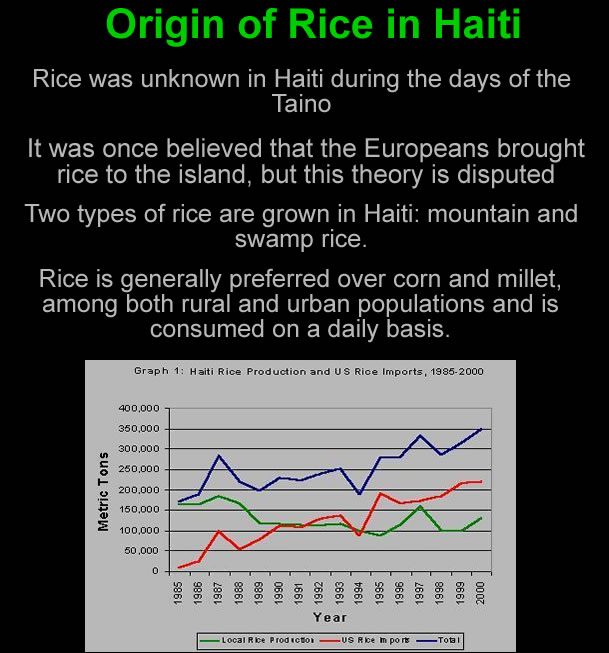
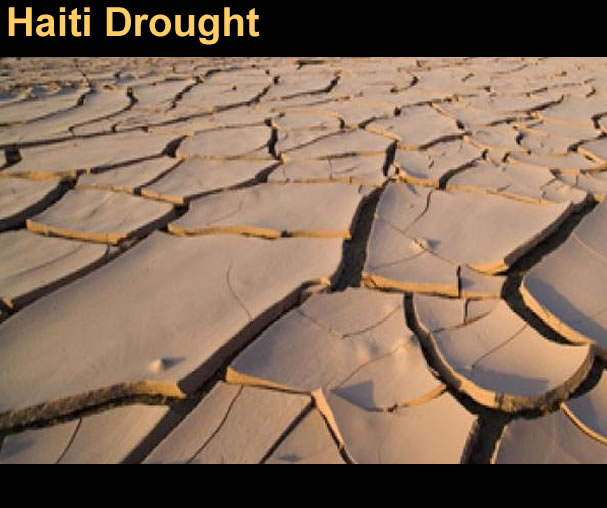
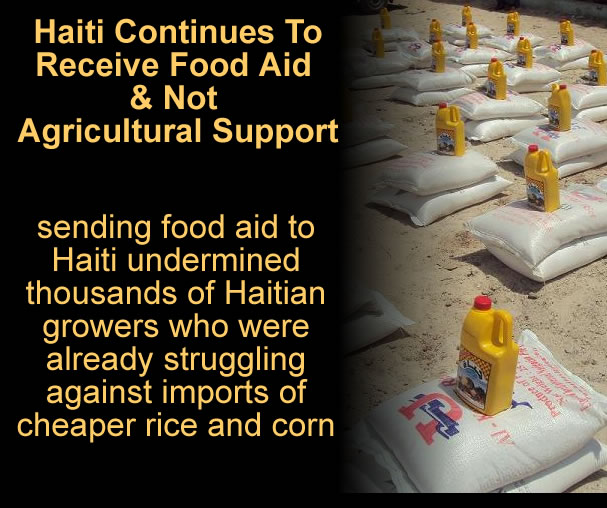
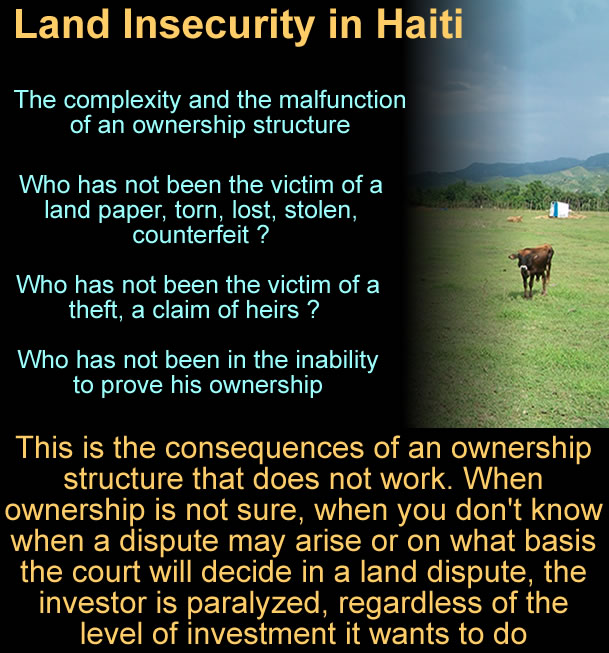
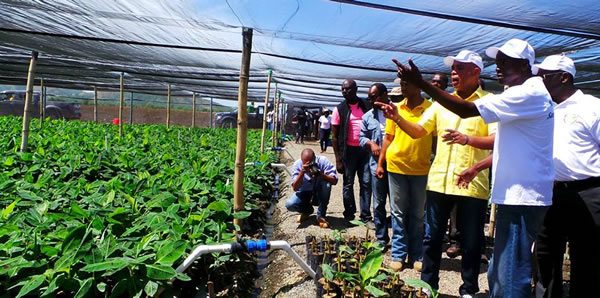
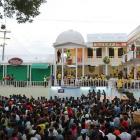 Haitian Kanaval fanenjoying Kanaval 2015
Haitian Kanaval fanenjoying Kanaval 2015  Inauguration Lycée Jean-Louis Dulciné in Gris-Gris, Haiti
Inauguration Lycée Jean-Louis Dulciné in Gris-Gris, Haiti  President Florvil Hyppolite Haiti's famed Iron Market
President Florvil Hyppolite Haiti's famed Iron Market  The Petro Caribe Challenge hashtag
The Petro Caribe Challenge hashtag  Paul Eugène Magloire, born in Quartier Morin
Paul Eugène Magloire, born in Quartier Morin  Port-au-Prince on fire over gas prices hike
Port-au-Prince on fire over gas prices hike  Dr. Henri Ford, First Haitian Dean At University of Miami Med...
Dr. Henri Ford, First Haitian Dean At University of Miami Med...  Former PNH Chief, Godson Orelus, arrested for illegal arm...
Former PNH Chief, Godson Orelus, arrested for illegal arm... 



